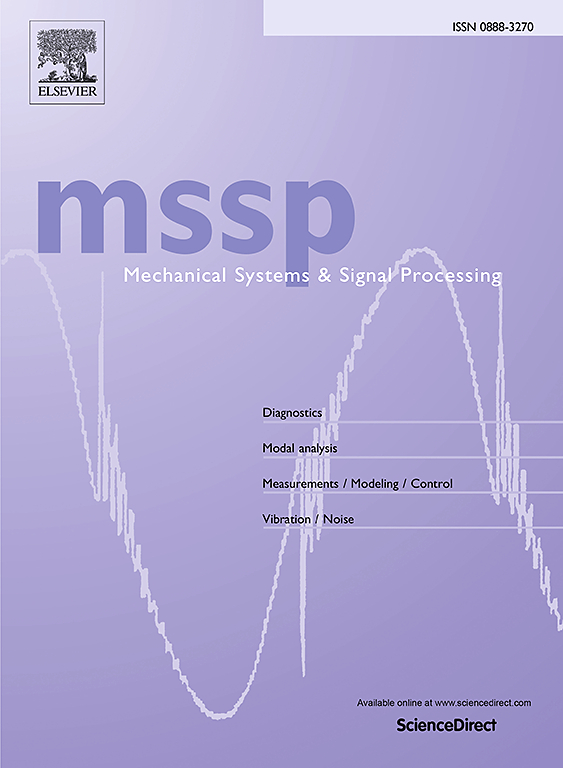Development of a novel passive rate-independent negative stiffness damping device for structural vibration control
IF 7.9
1区 工程技术
Q1 ENGINEERING, MECHANICAL
引用次数: 0
Abstract
Rate-independent linear damping (RILD) has recently received increasing attention in the field of structural vibration control, because it is capable of providing selective damping to suppress the harmful earthquake-induced vibration of flexible structures. Many attempts have been made to develop causal approximated models for overcoming the challenge of the non-causality of RILD. However, the majority of existing literature on RILD is focused on theoretical and numerical studies. In the present study, a novel passive rate-independent negative stiffness damping (RINSD) model, which consists of a spring element in series with a parallel-arranged negative stiffness and viscous damping elements, was proposed to passively approximate the behaviour of RILD for structural vibration control. The proposed RINSD model was proved to be equivalent to a well-established causal model proposed in the previous study, and the former demands much smaller characteristic parameters for mimicking the rate-independent damping capacity of RILD. To passively realize the RINSD model, a small-scale prototype device was manufactured by using symmetrically arranged pre-compressed gas springs and a fluid viscous damping component, and the constitutive law of the device with its nonlinearity considered was developed. A large number of experimental tests were conducted to verify the rationality of the constitutive law, and comparison studies between the conceptual linear and physical nonlinear RINSD models were carried out to verify the feasibility of the developed device for passively implementing the rate-independent damping capacity. Furthermore, a five-story benchmark base-isolated building structure was employed as an analytical example, and comparison studies on the proposed RINSD, RILD, and commonly used damping models were conducted to identify the benefit of the RINSD incorporated into the base-isolated structure. It is suggested that the RINSD model can provide a viable approximation of RILD and be more effective than commonly used damping models in reducing the structural floor response acceleration and seismic input energy without compromising the isolator displacement.
求助全文
约1分钟内获得全文
求助全文
来源期刊

Mechanical Systems and Signal Processing
工程技术-工程:机械
CiteScore
14.80
自引率
13.10%
发文量
1183
审稿时长
5.4 months
期刊介绍:
Journal Name: Mechanical Systems and Signal Processing (MSSP)
Interdisciplinary Focus:
Mechanical, Aerospace, and Civil Engineering
Purpose:Reporting scientific advancements of the highest quality
Arising from new techniques in sensing, instrumentation, signal processing, modelling, and control of dynamic systems
 求助内容:
求助内容: 应助结果提醒方式:
应助结果提醒方式:


